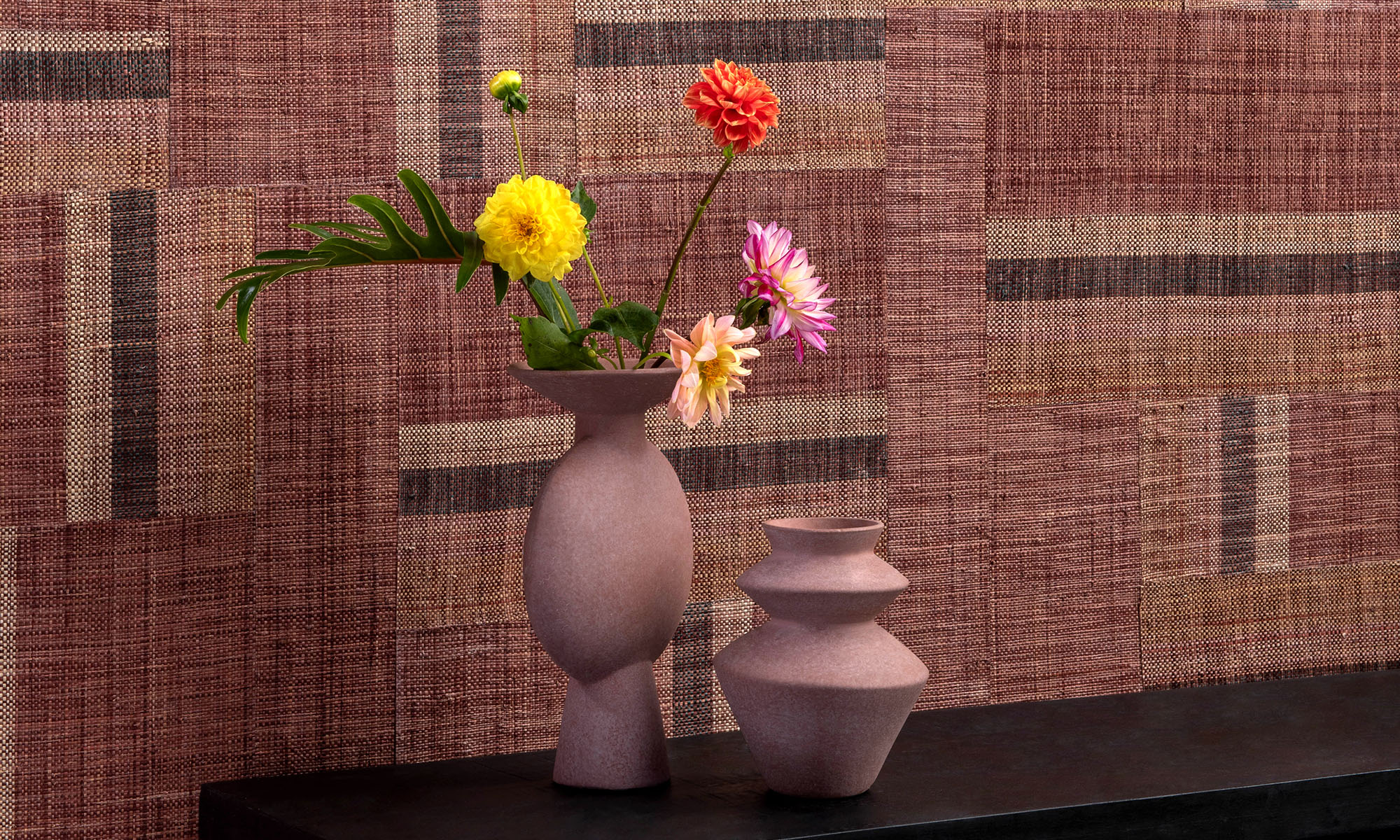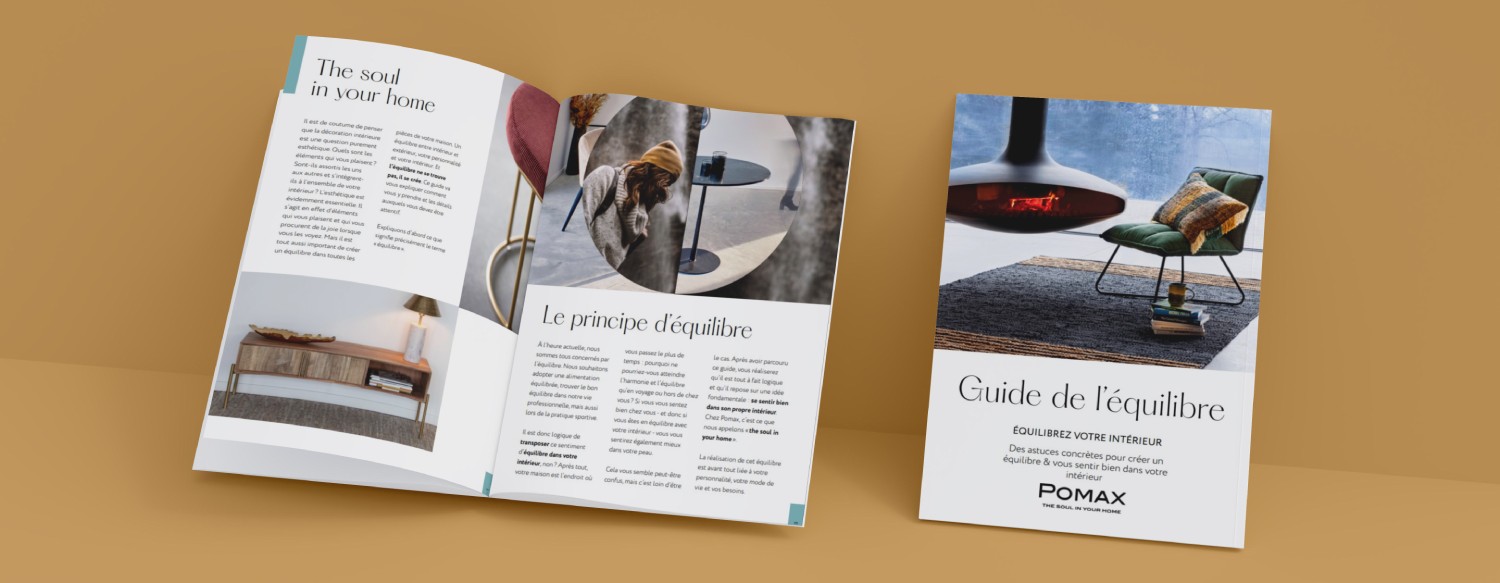What impact do colours have on our interior?
______
Designing an Concevoir un interior that suits us and our needs is an important step for all of us. The home is a refuge, , a notion that has clearly taken on a whole new dimension since the pandemic. It should be a sanctuary, a nest where we come to rest and regain our strength, but also to enjoy precious and energizing moments with our loved ones, to laugh, to share... So how can colour influence the relationship we have with our home on a daily basis?
Colour and interior: a psychological story
Without talking about chromotherapy, colours can, among an infinite number of parameters, contribute to our well-being. Psychologist Angela Wright began studying the impact of colours on the human mood in the 1970s, and developed a theoretical model that separates colours into four groups. According to his theory the four primary colours are: red, blue, yellow and green. Each of them has an impact on a part of us: while red influences the body, blue affects the mind and emotions. Ego and self-confidence are managed by yellow, and the balance between all of these elements is determined by green.
The meaning of colours
Whether you believe in this theory or not, you have to admit that colours have an influence on the way you feel in a particular place. So before you decide which colour will set the tone in your home for years to come, read on, as all of the colours have something a particular story to tell.
Let’s start with the so-called primary colours:
- Blue, the colour of the sky, will tend to push us towards productivity, it represents confidence, security and can also invite spirituality.
- Yellow, the sunshine colour par excellence, can boost our creativity and optimism. It is bright, energizing and joyful!
- Red, the colour of passion, is by far the most dominant shade. It is exciting and ultra-powerful.
- Green is the colour of balance. Reminiscent of nature, it is a colour that calms and reassures us. It inspires stability and confidence.
Next to these, secondary colours can have an equally important influence on the energy level in the room.
Next to these, secondary colours can have an equally important influence on the energy level in the room.
- Orange is a vibrant and welcoming colour that also conveys energy but in a less powerful form than red.
- Purple is the colour of royalty and nobility (especially in its darkest version). It can also be associated with a form of spirituality and stimulates the imagination, as it is close to the dream world.
- Finally, beige and brown shades are warm and comfortable. They also remind us of nature and refer to a certain security and reliability.
Finally let's talk about the non-colours, as they are indispensable in your interior:
- White symbolises purity, clarity and peace. It is the simplest shade and yet has an infinite number of varieties. It is often used as a base for decoration.
- Grey expresses neutrality
- Black is the strongest and most radical shade of the entire colour palette: it is therefore used to emphasise and affirm something: it is often associated with luxury and elegance, but also with mystery.
Where is all this coming from? Not only from the psychology of colours, but also from years of past practices and rituals that gradually conditioned our brain. Hence we associate each colour with a value, in a purely unconscious way. This is why certain colours are more in line with our ideals, our aspirations and our tastes.
So clearly colours affect our mood. While some can calm us down when we feel stressed, others can energise us when we feel tired, or contribute to our general well-being, just like a good film, a tasty dish or a song! It is therefore absolutely essential to choose them well when it comes to your home: this is the place where we spend most of our time. Whether it's a place of conviviality or relaxation, the colours that cover it must reflect your personality, your needs (in the moment and in the long term) and allow you to achieve a certain balance and well-being, which goes far beyond the styles and trends of the moment.
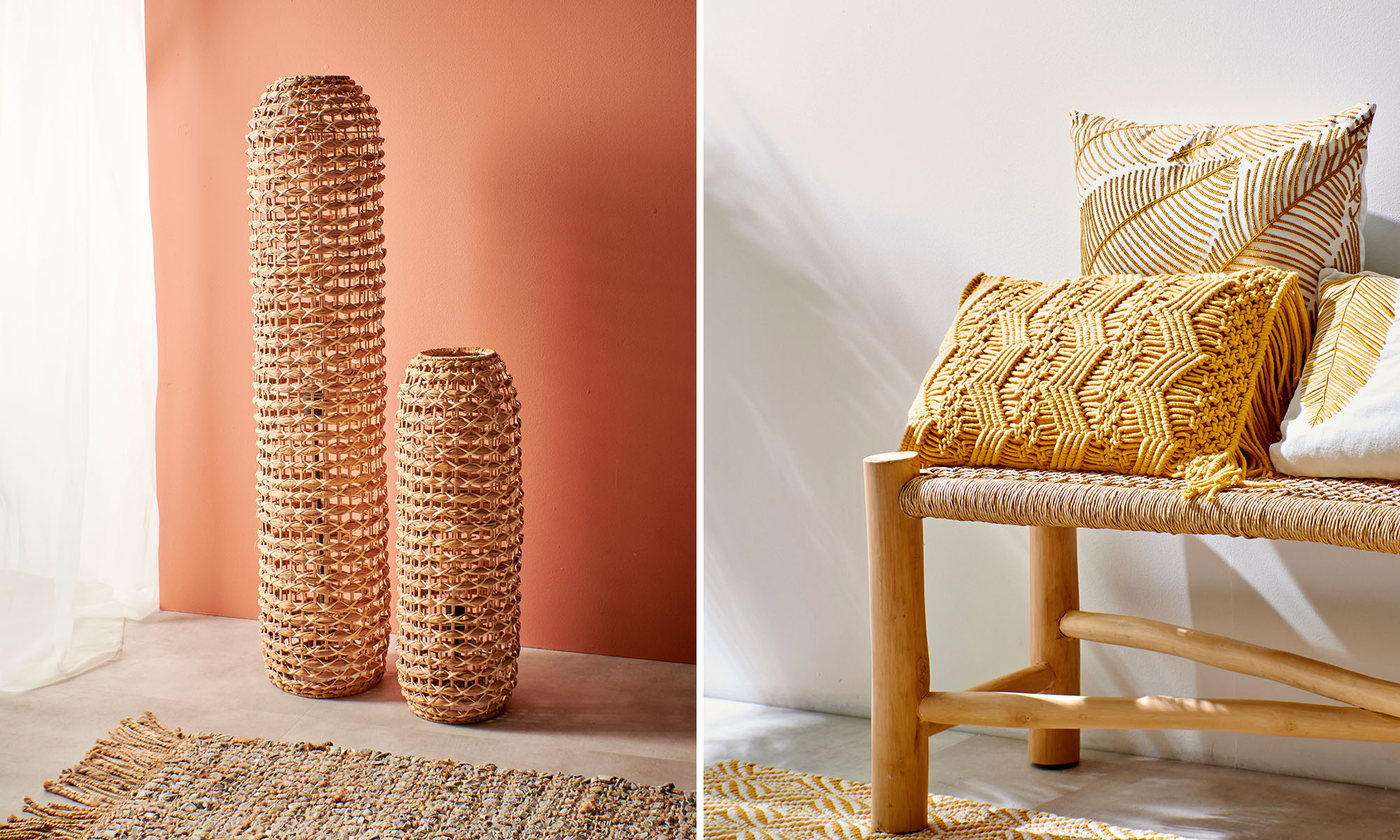
A colour for every room in the house
Choosing a colour for your interior is not a trivial matter and to aim for more sustainability, both for your wallet and for the planet, it's important to think carefully to avoid getting fed up after a few months.
So the first question you should ask yourself is: what is the function of this space?
Indeed, despite strong preferences, you will not choose the same colours for your bedroom as for your kitchen. Simply because these two rooms do not have the same purpose: whereas the bedroom will be a place to relax, the kitchen will be the place where our culinary experiments come to life, and where we sit down together with the family to discuss the day's events.
The right colour combinations for your interior
The impact a colour can have is also depending heavily on the combinations you make, as is rarely used as a standalone. Accompanied by other shades, it is necessary to create a mix & match that works. Here again, there are several schools of thought, but the main rule is not to have an overcrowded interior to as this causes visual pollution.
As with clothing, the rule is to limit yourself to approximately three colours per room for cohesion and general harmony. Impossible to meet this number? Don't worry: by colour, we mean "shade" as a whole. So you can play with various shades of the same colour.
The more colour elements you add to a room, the more dynamic and energetic it becomes. On the contrary, the fewer the number of shades, the more monochromatic the room becomes, the simpler and more minimalist the atmosphere (unless of course the only colour used is a bright red).
Finding the perfect colour match for a room can be challenging, especially as you don’t know where to start: The walls? The floor? The existing furniture? The furniture you want to buy?
Here again, it is best to have an idea, even if it is not 100% defined, of the result you wish to achieve before you start painting or go on a shopping spree. It is also advisable to make a list of the objects you have:
- those you wish to keep (as you will have to take them as a reference point)
- those you want to get rid of (to remove them from the equation).
Some colours also tend to match better than others, but in the end it is a matter of taste and feeling. While some of you will prefer clashing combinations to assert a very specific style, others will prefer complementary colours, shades that are close to each other, or even the minimalism of monochromia, which has been very much in vogue over the last few years.
Just keep in mind that nobody has a monopoly on good taste, and that a successful interior is one that YOU like above all.
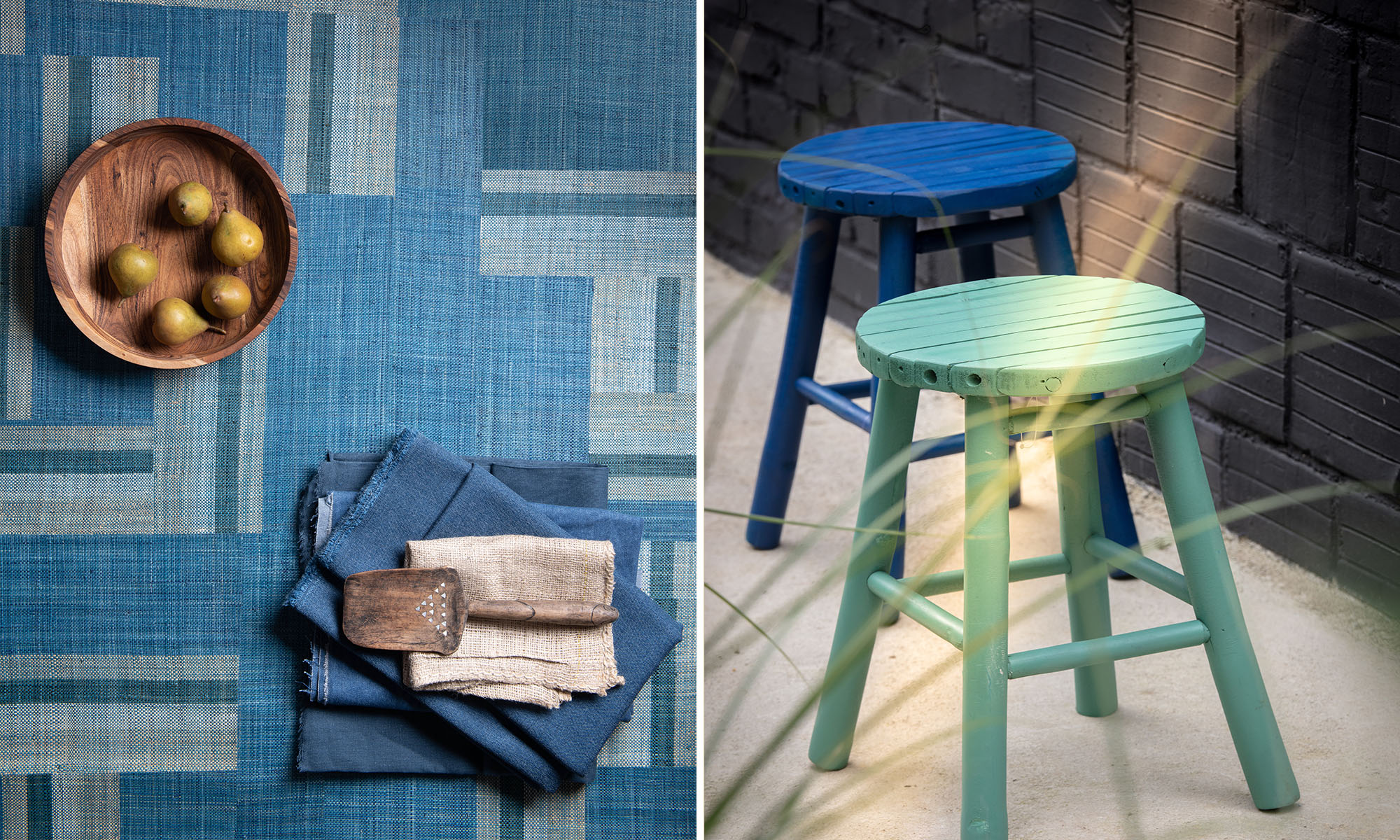
Get some inspiration !
However, if you are struggling to find the perfect colour mix, there are several options that would be of good help:
- Observe nature: it is often said that nature is almost perfect on its own. The same is true for the colours that characterise it. Certain combinations found in the mountains, in the forest, along the beach or a river look effortlessly harmonious. You can therefore draw inspiration from them to recreate this unique atmosphere in your home.
- Go to your wardrobe: it's not an exact science, but your favourite colours may already be in your wardrobe. It's up to you to see if they can be transferred to your interior.
- Educate yourself! Nowadays, inspiration has never been so easy to find: social networks, TV shows, magazines... Your environment is full of tools to find the colours that really suit you.
- Trust us: At Pomax you will find 4 different colour palettes in the spring-summer season: The first one is a combination of pinks, purples and golden shades for a very chic atmosphere. The second, a mix of pure white, black and vibrant emerald green, invites itself into our homes like a refreshing breeze. The third plays on the soft palette of natural materials, enhanced by some bright summer shades such as yellow and turquoise. The last one is inspired by the "golden hour", that twilight moment when everything around us is adorned with a warm golden light.
How to distribute colour in your home?
Do you want to add colour to your home, but are afraid of doing something wrong?
Our best advice is to choose a neutral colour as a background. Pure white, off-white with a hint of ecru, greyish white... It doesn't matter if you prefer warm or cold colours, a neutral shade has the advantage of being easier to combine with a large number of colours. It can therefore follow your decorative desires over time.
Limit bold colours to smaller objects. Klein blue? Bright red? Fuchsia pink? Who doesn't dream of adopting a statement piece that stands out from the rest of the decor and brings a dose of energy and style to their home?
However, decorating desires are often dictated by ever changing trends. And replacing a small vase on a shelf does not require the same investment in time and budget as changing a corner sofa or painting the walls. In the spirit of sustainability, we therefore advise you to favour neutral and basic tones for large pieces of furniture that you will keep for a long time, and to play the extravagance card on smaller decorative objects such as vases, candles or cushions.
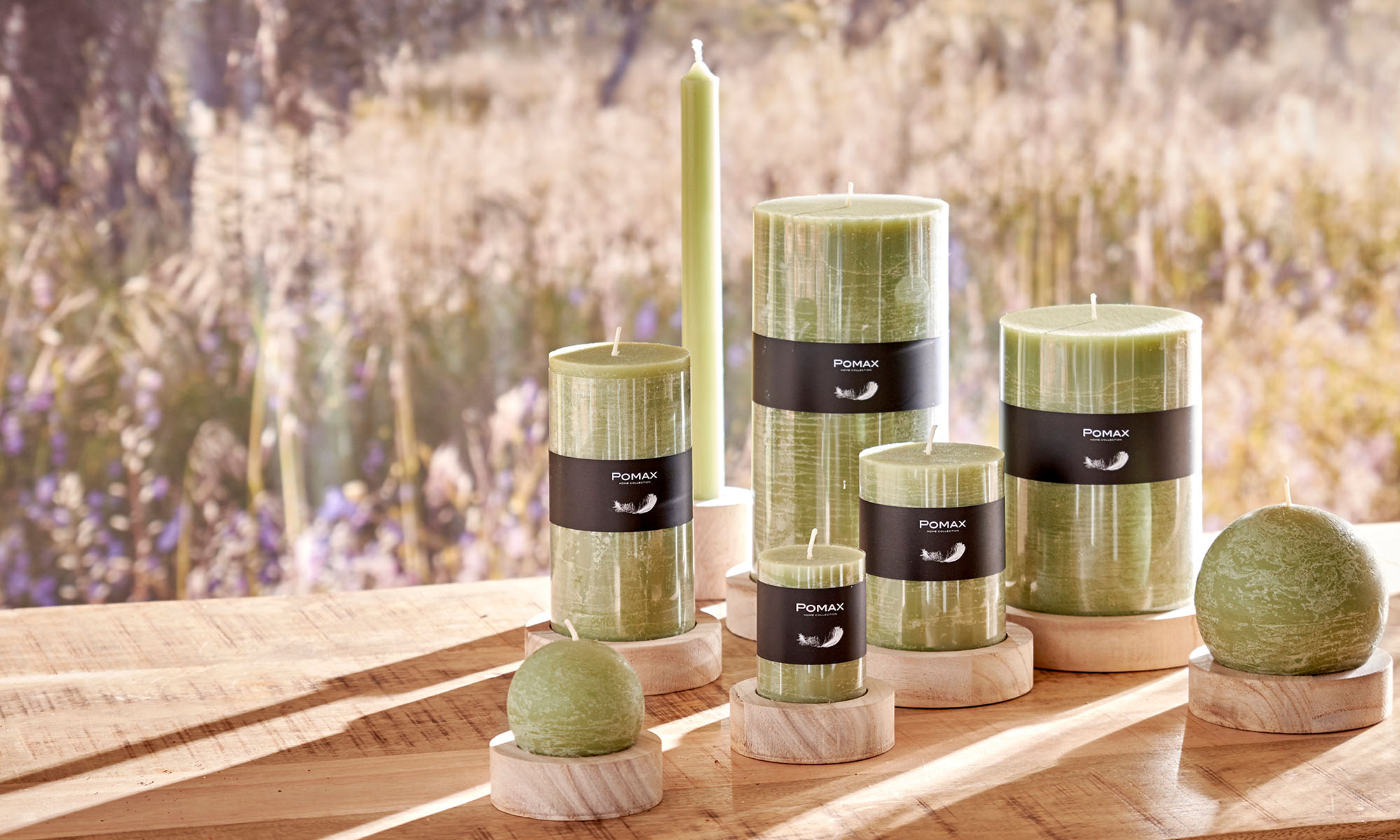
Now you know a little bit more about the use of colour to make you feel at home. But colour is only one of the many factors that determine your well-being in a room.
The style of your objects, the attachment you have to them, the layout of the room, the light, the level of energy and calm you feel, possible visual pollution... are all determining elements.
To find out how to achieve balance in your home, we advise you to order our free "balance guide". Here you will find our advice on how to reflect and understand what YOUR expectations are of your interior, and many tips on how to achieve the perfect balance and feel at home.

